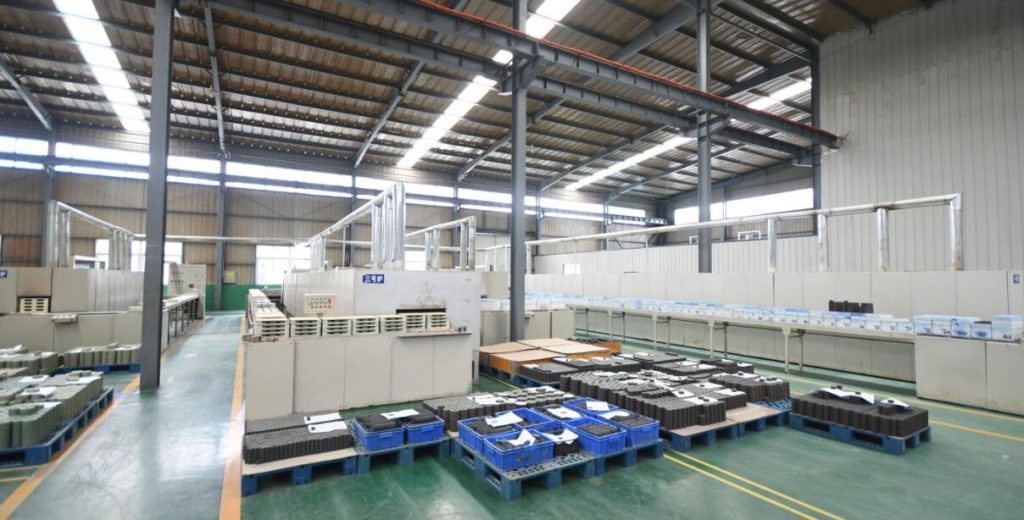
If you’re involved in selecting components for surge protection devices, you know how critical zinc oxide varistor (ZOV) discs are to the performance and reliability of metal oxide surge arresters (MOSAs). These tiny but mighty resistors are the heart of any arrester, absorbing overvoltage energy and safeguarding electrical systems.
Choosing the right zinc oxide resistor disc isn’t just about technical specs—it’s about safety, durability, and cost-efficiency. In this guide, we’ll walk you through the key factors to consider when sourcing ZOV discs.
What is a Zinc Oxide Varistor Disc?

A zinc oxide varistor disc is a ceramic semiconductor component made primarily from zinc oxide (ZnO) combined with other metal oxides. It exhibits highly non-linear voltage-current characteristics, meaning it acts as an insulator under normal voltage but becomes conductive during voltage surges, diverting excess energy away from protected equipment.
Key Selection Criteria for ZnO Resistor Discs
1. Voltage Rating (Rated Voltage & Continuous Operating Voltage)
- Rated Voltage (Un): Ensure the varistor’s rated voltage matches the system’s operating voltage. A disc with too low a rating may fail prematurely; too high may offer inadequate protection.
- Continuous Operating Voltage (Uc): The maximum voltage the disc can withstand indefinitely without degradation. Verify it aligns with your system’s steady-state conditions.
2. Energy Absorption Capability
- This indicates how much surge energy (in joules) the disc can absorb without damage. Higher energy ratings are essential for areas prone to frequent or severe surges (e.g., lightning-prone regions or industrial settings).
- Tip: Look for discs tested under standard impulse currents (e.g., 4/10μs or 8/20μs waveforms) per IEC 60099-4 or IEEE C62.11.
3. Leakage Current
- A low leakage current under normal operating conditions ensures minimal energy loss and longer service life. High leakage current may lead to thermal runaway and failure.
- Ideal Range: Microamp-level leakage (e.g., <50 μA) is typical for high-quality discs.
4. Non-Linear Coefficient (α)
- The non-linear coefficient (α) defines how sharply the disc transitions from insulating to conducting state. Higher α values (e.g., >30) indicate better performance and faster response.
5. Physical Integrity and Coating
- The disc should have a uniform microstructure without cracks, pores, or defects. A robust ceramic body withstands thermal cycling.
- Coating: Ensure the disc is properly coated (e.g., with alumina or silicone) for electrical insulation, moisture resistance, and mechanical protection.
6. Certification and Testing
- Always choose discs compliant with international standards like IEC 60099-4, IEEE C62.11, or GB/T 11032 (for China).
- Request test reports for:
- Impulse Current Withstand
- Accelerated Aging
- Thermal Stability
- Power Frequency Withstand
7. Manufacturer Reputation and Support
- Source from reputable manufacturers with a track record of quality and reliability.
- Technical support and customization options (e.g., disc size, electrical parameters) are valuable for tailored solutions.
Red Flags to Avoid
- Inconsistent Performance: Avoid discs with wide tolerances in voltage/current characteristics.
- Poor Documentation: Lack of test data or certifications is a major risk.
- Overheating Issues: Discs that run hot under normal conditions may have high leakage or defects.
- Short Warranty or Life Span: Quality ZOV discs should last decades—don’t compromise on longevity.
